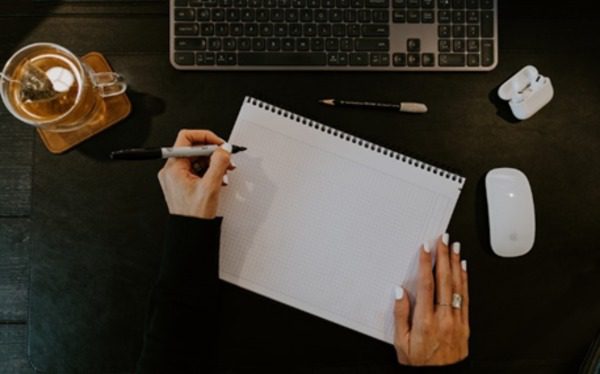Summary of Diffusion Facial Forgery Detection, by Harry Cheng and Yangyang Guo and Tianyi Wang and Liqiang Nie and Mohan Kankanhalli
Diffusion Facial Forgery Detection
by Harry Cheng, Yangyang Guo, Tianyi Wang, Liqiang Nie, Mohan Kankanhalli
First submitted to arxiv on: 29 Jan 2024
Categories
- Main: Computer Vision and Pattern Recognition (cs.CV)
- Secondary: Artificial Intelligence (cs.AI)
GrooveSquid.com Paper Summaries
GrooveSquid.com’s goal is to make artificial intelligence research accessible by summarizing AI papers in simpler terms. Each summary below covers the same AI paper, written at different levels of difficulty. The medium difficulty and low difficulty versions are original summaries written by GrooveSquid.com, while the high difficulty version is the paper’s original abstract. Feel free to learn from the version that suits you best!
| Summary difficulty | Written by | Summary |
|---|---|---|
| High | Paper authors | High Difficulty Summary Read the original abstract here |
| Medium | GrooveSquid.com (original content) | Medium Difficulty Summary The paper introduces DiFF, a comprehensive dataset dedicated to face-focused diffusion-generated images, aiming to address the lack of research on facial forgery detection. The dataset comprises over 500,000 synthesized images using 13 methods under four conditions, with textual and visual prompts ensuring high fidelity and semantic consistency. Extensive experiments are conducted on DiFF via human testing and various forgery detection methods, revealing challenges in detecting diffusion-generated facial forgeries. To improve detector generalization capability, an edge graph regularization approach is proposed. |
| Low | GrooveSquid.com (original content) | Low Difficulty Summary The paper creates a big dataset with lots of fake face pictures to help machines learn to spot fake faces. This is important because fake faces can be used to trick people or commit identity theft. The dataset has many different types of fake faces and the same words or images that made them, so it’s very realistic. When they tested how good their machines were at spotting the fakes, they found out that even humans have trouble telling real from fake faces! They’re trying to fix this by using special math tricks to make the machines better. |
Keywords
* Artificial intelligence * Diffusion * Generalization * Regularization




